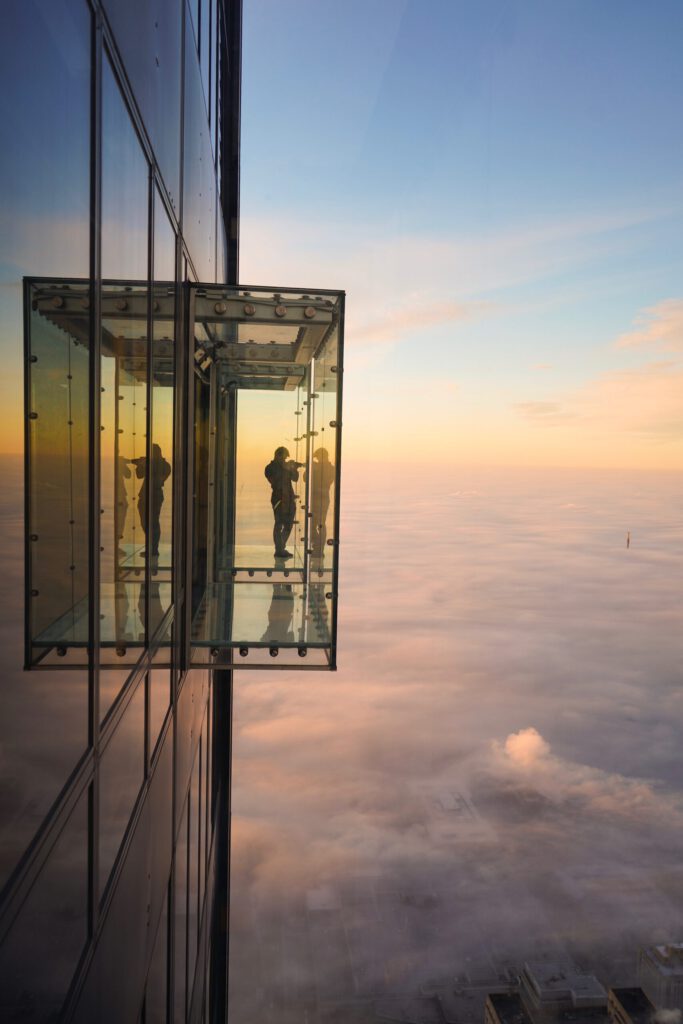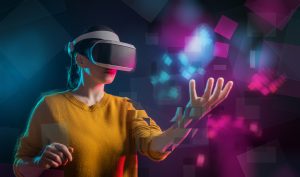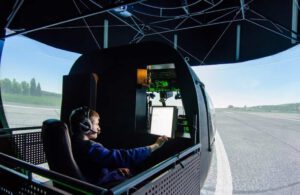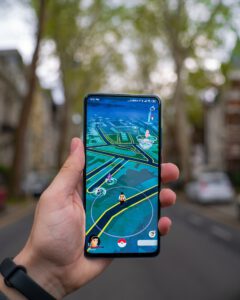Pause for a moment, look around, absorb your surroundings, and there’s something you’re likely to realize: we are surrounded by human-created constructs. In fact, humans spend an average of 87% of our existence in buildings – from home to office to dining to entertainment.
These buildings, at least many of them, fulfill basic human needs – like shelter and security. But there’s also a growing body of research showing that architecture and urban design create physiological responses in people that can promote long-term health and well-being.
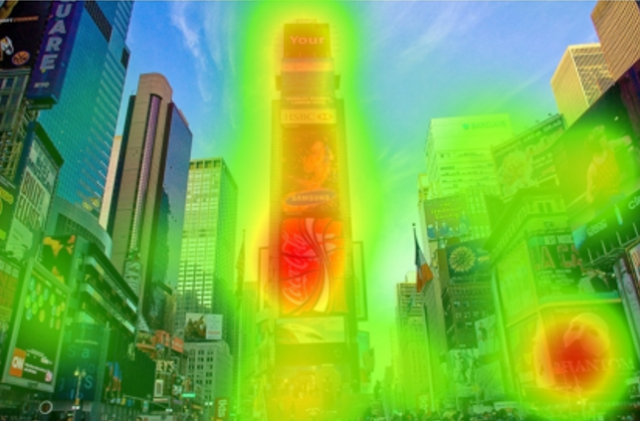
Architecture and its impact on the human condition
On April 28, 2022 iMotions is hosting a webinar with Ann Sussman, author of Cognitive Architecture and Urban Experience and Design. She’s been studying this human / architecture dynamic for years, trying to understand how buildings influence our emotions, our behavior and our well-being. She’ll be sharing some of her research and insights, and her belief that we need to better understand how building design really affects us, lest we create environments that actually are unhealthy.
Central to her study is the use of technologies that can measure and analyze psychophysiological measures. What Sussman understands, and others in her field increasingly recognize, is that the human experience cannot be analyzed simply by asking questions. If as much as 95% of decision-making takes place nonconsciously, it’s imperative to understand this in order to understand impact on the human condition.
Whereas other industries may be further along in embracing the importance of insights derived from nonconscious responses – advertising, medicine, academia, among them – architecture may be further behind in that continuum. Contemporary architects may be driven by a resolute artistic vision and are less aware of how design interaction actually happens. And, like creators in other fields, they therefore face some of the similar obstacles to adoption towards incorporating insights from unspoken user behavior. Chief among them is convincing designers and architects that these aren’t either/or equations. That science and design can work together.
As Sussman has written: “Neuroscience can inform—but should not determine—what architects do, given the range of issues that influence the form of buildings. At the same time, the built environment can affect, but should not delimit, the scope of neuroscientific research, given the complexity of forces that comprise human cognition. Both fields deal with amazingly complicated and beautiful structures—buildings and brains—and the nuances of their work should not get lost in their eagerness to collaborate.”
Her research has identified three key findings, which she discusses in detail in the webinar. With a little extrapolation, you just might see how these are relevant to any industry connected to the human experience.
- People ignore blank facades
- People look for people, and faces, constantly
- Fixations drive exploration
It’s not that all architecture is bad. Far from it. Sussman believes that the use of these technologies is what can lead us to build structures more humanely, and ultimately, more successfully for people. Or, as Dr. Prabhjot Singh, Director of Systems Design at the Earth Institute was quoted: “We spend a lot of time designing the bridge, but not enough time thinking about the people who are crossing it.”


